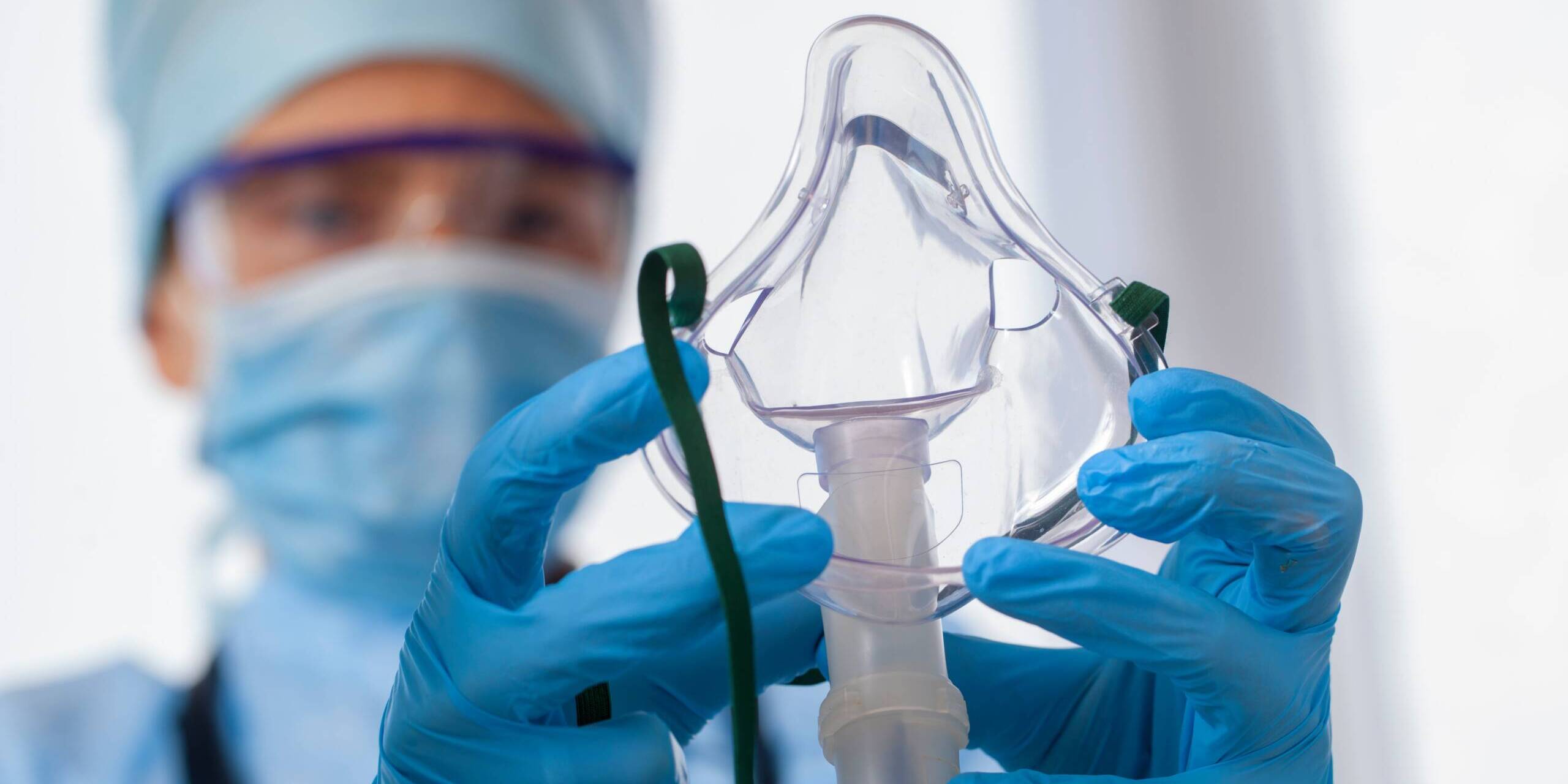Essential Skills Respiratory Therapists Should Possess
Respiratory therapists evaluate and treat a wide range of respiratory conditions, including asthma, chronic obstructive pulmonary disease (COPD) and respiratory distress syndrome. They work closely with medical teams to develop and implement treatment plans, administer medications and operate medical equipment such as ventilators and oxygen therapy devices.
As a respiratory therapist, you could play a vital role in improving the lung function of patients, helping them breathe easier. Respiratory therapists need to possess a spectrum of skills, including:
- Understanding how oxygen and carbon dioxide work in our bodies.
- Ability to apply critical thinking and expertise to arrive at an accurate diagnosis.
- Good motor skills to perform procedures such as intubation and operating respiratory equipment.
- Knowledge of how to build up a patient’s lung strength.
- Having a thorough understanding of respiratory medicine and being able to prescribe the correct solution to a specific problem.
- In some cases, you may need the physical endurance to assist patients with limited mobility and be able to perform physically demanding tasks.
What Education Is Required to Become a Respiratory Therapist?
You’ll need to obtain at least an associate degree from an accredited program in respiratory therapy. In addition to our associate of applied science program, St. Louis College of Health Careers also offers a bachelor degree in respiratory therapy for those seeking supervisory roles as respiratory therapists.
Receiving credentials as a Certified Respiratory Therapist (CRT) or Registered Respiratory Therapist (RRT) can broaden your job prospects and will make you a more attractive job candidate to many Missouri healthcare employers. You can also pursue certifications in specialized areas such as neonatal or pediatric care.
Types of Medical Equipment a Respiratory Therapist Uses
Ventilators
The headliner in the respiratory therapist’s tool bag is undoubtedly the ventilator. Ventilators push air into the lungs of patients who are having difficulty breathing on their own. The need to adjust ventilators and monitor patients on ventilators for signs of distress makes respiratory therapists vital specialists in all types of critical care settings.
Oxygen Delivery Devices
- Nasal Cannula: A simple, lightweight device with two prongs placed in the nostrils. It’s suitable for those who require a minimal amount of supplemental oxygen.
- Oxygen Masks: Cover the nose and mouth and can deliver higher oxygen levels than a nasal cannula. They come in simple masks, non-rebreather masks and partial rebreather masks.
- Venturi Masks: Allow for precise oxygen concentration delivery by mixing ambient air with oxygen.
Nebulizers
Some liquid medicines are formulated to be converted into a mist that can be inhaled by patients. These medications are, unsurprisingly, designed to be administered directly into lungs, often for the treatment of asthma or chronic obstructive pulmonary disease (COPD). Respiratory therapists should be highly skilled in properly dosing and administering nebulizer treatments, as well as teaching patients how to properly use at-home versions of the treatment.
Pulmonary Function Testing (PFT) Equipment
Testing lung function is a basic early step in accurately diagnosing the respiratory issues of patients seeking care. Respiratory therapists perform these tests using PFT devices, which allow them to accurately measure a patient’s ability to breathe in and release air. Another tool, the plethysmograph, measures lung volume. Respiratory therapists operate these devices and interpret the results, providing a critical diagnostic link between the patient and the physician.
Chest Physiotherapy Equipment
Certain conditions lead to mucus build-up in the lungs. Devices such as percussors and vibrators are used to perform chest physiotherapy, helping to loosen and remove secretions from the respiratory tract. The therapist may also use postural drainage techniques, positioning the patient in specific ways to facilitate mucus removal.
Suction Devices
For patients unable to clear their airways, RTs use suction devices. These can be vital in emergency situations or post-operative care when patients might have excess secretions or foreign matter blocking their airways.
Capnographs and Pulse Oximeters
These devices are used to monitor the concentration of gases (like carbon dioxide) in patients’ exhaled air and the oxygen saturation in the blood, respectively. By providing real-time data, they allow RTs to adjust treatments and respond to emergencies swiftly.
Airway Management Tools
In certain emergencies, maintaining an open airway is critical. Tools such as endotracheal tubes, laryngoscopes and bronchoscopes can be used to either establish an airway or to visualize and examine the bronchial passages.
